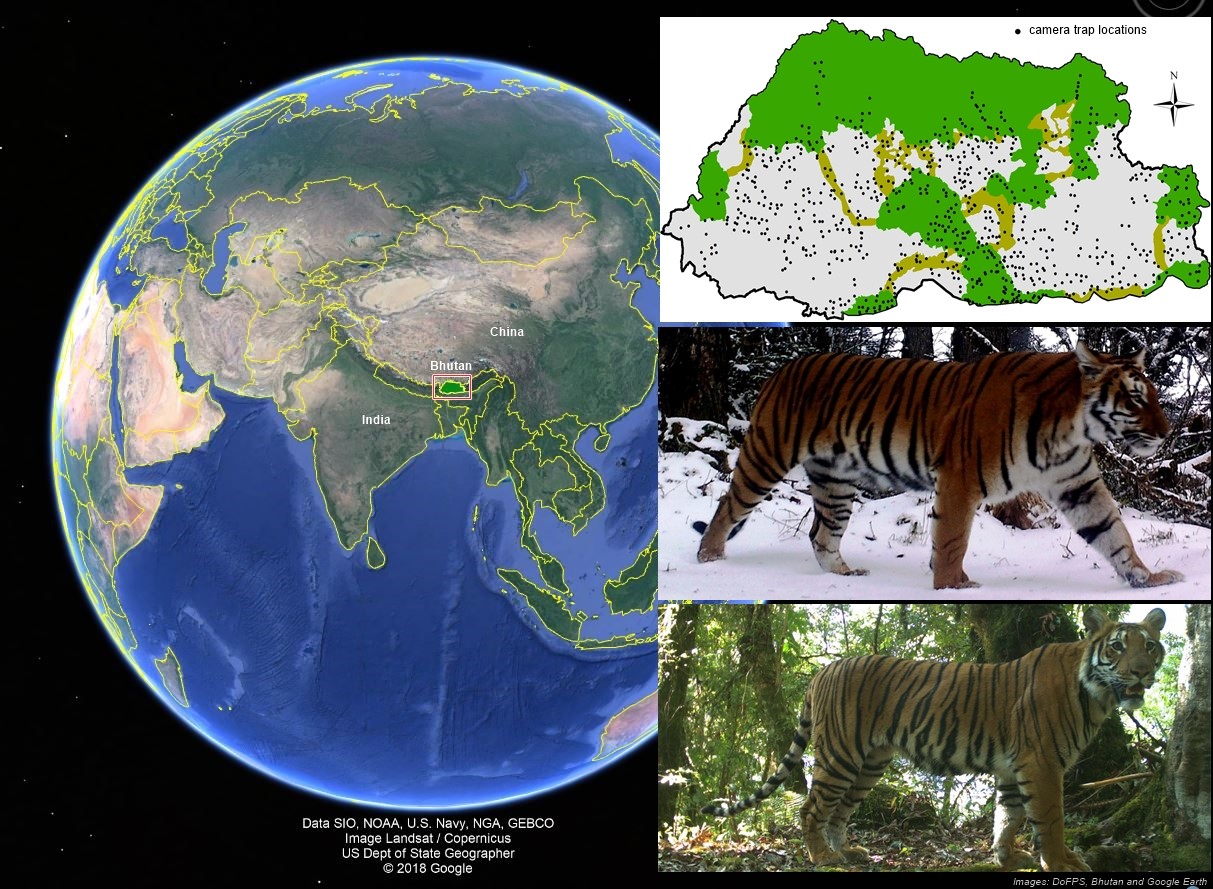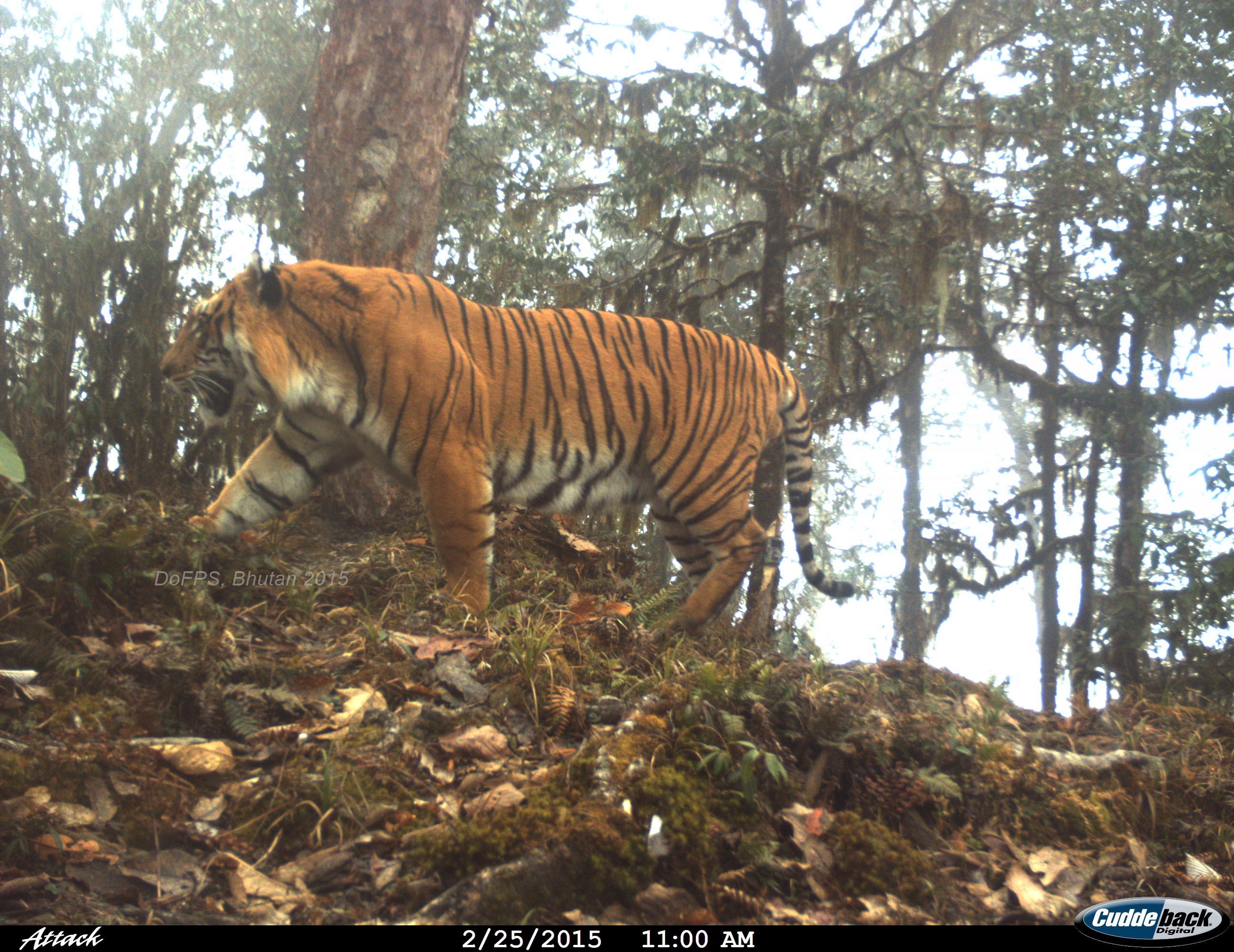News
Tigers burning bright in a small Himalayan Kingdom
Global tiger conservation is at a crossroad. The numbers of tigers and expanse of their habitat have plummeted to a critical level in the last century. Some scientists fear that at the current rate of poaching and habitat loss, tigers might become extinct in a few decades. However, not all is doom. Bhutan, a small Himalayan country nestled between India and China, is taking conservation and environment protection seriously. During the 2010 St Petersburg Declaration in Russia, Bhutan declared its effort to increase the tiger numbers by 2022, the next Year of the Tiger. Bhutan is the only country in the world where protection of forest is mandated by the Constitution of the Kingdom which has declared that 60% of the total geographical area should remain under forest cover in perpetuity. As a contribution to global tiger conservation, Bhutan has set aside ~50% of the nation’s total geographical area as a protected area network. Astoundingly, tigers have been recorded from 100m to 4500m above sea level. However, rapid socio-economic development through road construction, agriculture expansion, commercial logging, and mining remains the biggest threat to tiger conservation.
To identify the threats and propose conservation strategies, a nation-wide camera trap survey was conducted between 2014 and 2015. We evaluated the impacts of environmental and anthropogenic changes on tiger habitat use across Bhutan. Published in Biological Conservation, the team comprising of Bhutan’s Department of Forests and Park Services and Wildlife Conservation Research Unit, University of Oxford explain how environmental and anthropogenic factors impact tiger habitat use in a Himalayan conservation landscape. The findings show that tiger habitat use was positively driven by protected areas and large prey, and negatively impacted by human settlements. Protected areas are the cornerstone of biodiversity conservation and their effective management would aid in species recovery. Bhutan is making a remarkable contribution to regional and global conservation in maintaining a large area under protection. We recommend that tiger conservation, in general, should focus on effective land management (especially focused on protecting good natural habitat) and protection of prey species. This protection will entail implementing strict anti-poaching measures and adopting sustainable land management practice that will involve minimising deforestation and land conversion. Bhutan, with strong environmental legislation and a high percentage of its land under forest cover and protection, forms an important part of the global tiger conservation landscape and exemplifies high standards in large carnivore conservation.
Citation: Penjor, U., Tan. C.K.W., Wangdi, S. and Macdonald, D. (2019) Understanding the environmental and anthropogenic correlates of tiger presence in a montane conservation landscape. Biological Conservation, 238. DOI: https://doi.org/10.1016/j.biocon.2019.108196







